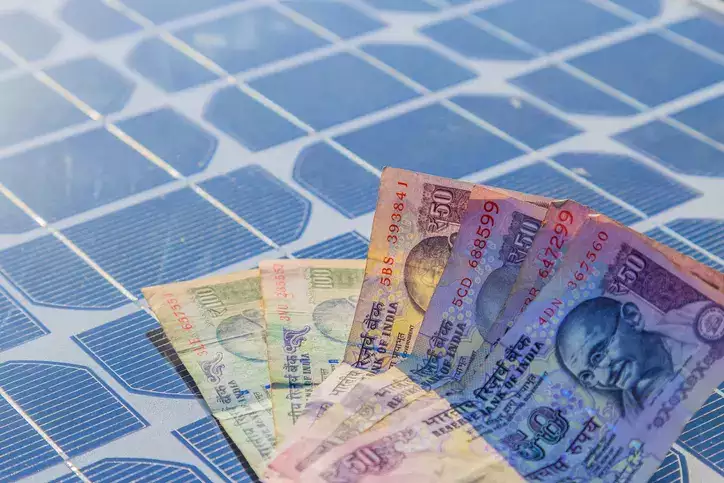Chennai: Sun and wind are powering Tamil Nadu’s growth sustainably. Renewable energy accounts for at least 30% of the state’s total power consumption on any given day, the highest among the states. There is potential to expand. But there is also a challenge in the form of grid balance during peak demand.
Tamil Nadu tops the latest listing by the Union ministry of new & renewable energy (MNRE) in generation of renewable energy, with a total capacity of close to 16GW or 15,914MW, as of January 31, 2022. Karnataka (15,795MW) and Gujarat (15,517MW) are inching close. Rajasthan (14,982MW) and Maharashtra (10,629MW) are in fourth and fifth places.
While renewable energy includes hydro, co-generation and biomass, the bulk of Tamil Nadu’s numbers come from wind and solar power. It leads the states in wind power with an installed capacity of 9,856.9MW and is fourth in solar power with a capacity of 4,894.5MW.
Global investors, especially those from Europe, Japan and the US, are backing anything that relates to sustainability. Tamil Nadu, which is aggressively pushing itself as a destination for overseas investments in manufacturing, has the opportunity to expand its renewable energy basket in a sustained manner.
Tangedco is working on adding 20,000MW of renewable energy capacity in the state over the next few years. With hydro power limited, the focus is on wind and solar power.
But, the dependence on solar and wind power has its own limitations, says Pooja Kulkarni, MD & CEO, Guidance Tamil Nadu. “Solar power is available only for a few hours (eight hours) a day and wind power is available only for a few months of the year. The average peak power demand, in the mornings and evenings, for the state is 13,000MW to 14,000MW. Solar power is not available then. Buying off the grid during peak demand is costly. Hence, the need for thermal power for some more years. We cannot indiscriminately expand renewable energy sources,” she says.
Unlike hydro power, where the generation can be switched on/off in about 15 minutes, thermal power generation is a continuous process game. For grid balance, the state has to look at the options of offshore wind energy and cheaper storage batteries for solar power. Both are some distance away.
“Offshore wind energy could go a long way in addressing the critical grid balancing challenge. It is available for a longer period and the wind speed on the Tuticorin-Kanyakumari coast at 9 metres/second is on a par with the North Sea. The Centre is planning to invite offshore wind energy majors. While the study itself could take around two years, offshore wind energy generation could be at least five years away,” says Kulkarni.
But there could be more challenges to overcome on this front. “Offshore wind may not be available throughout the year due to various reasons. The cost could also be significantly high,” says T Shivaraman, vice-chairman of Orient Green Power Company Ltd, part of the Shriram Group. The company has around 350MW of installed wind power capacity in TN.
p>
“Instead of waiting for five years to usher in offshore wind energy, the state could look for other options. Pumped storage hydropower is a good source and cheaper too,” he says. Under pumped storage, the water that has run through the turbine is stored and pumped up again to repeat the cycle.
Enhancing the use of alternate energy sources has become the need of the hour. “While hybrid energy systems have been tried, solar has evolved as the better option as a sustainable source and can be sourced for at least 320 days a year,” says T V Sudhakar, managing director of Chennai-based Yansun Natural Energy Pvt Ltd.
“New deployment methods would help non-grid dependent platforms to evolve. Daytime consumption of all industrial and residential usage could be focused for better harnessing of this energy. For residences, small, window-pane solar panels can help avoid large rooftop floor space issues and emerge as off grid, self-generative power sources,” he says.

